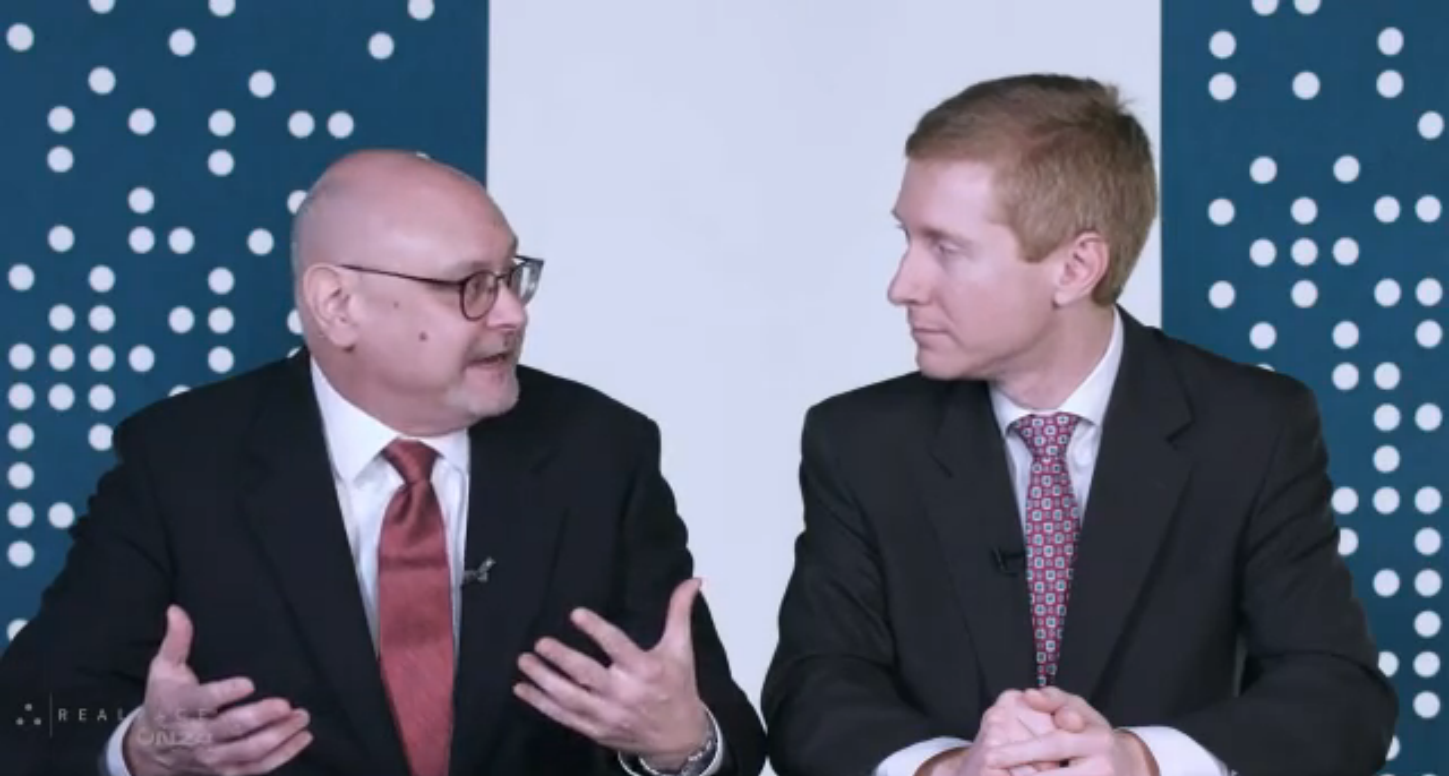‘Still a Lot of Strength in the Apartment Sector,’ Experts Say in MPF Research Webcast

MPF Research’s latest interactive webcast explored 4th quarter 2016 performance results and looked to the multifamily climate of 2017. The event was hosted by RealPage Chief Economist Greg Willett and MPF Research Vice President Jay Parsons and featured PricewaterhouseCoopers’ Andrew Warren, an author of ULI’s Emerging Trends in Real Estate 2017.
Heightened media interest in the U.S. apartment market fueled the webcast’s initial conversation. Parsons noted news outlets are latching to the narrative of increased deliveries leading to a slowdown in top-tier urban core rent growth.
“But it’s not the whole story,” Parsons said. “What isn’t getting as much press is the fact that there’s still a lot of strength in the apartment sector. Top-tier properties in most suburbs continue to see strong growth. And Class B, overall, is still doing fantastic.”
Also absent from regular media coverage, Willett said, is the story of sustained demand.
Demand, Supply and Occupancy Trends
In 2016, apartment absorption in the nation’s top 100 metros totaled 289,492 units, up 10% from 2015’s tally.
“A slew of properties moving through lease-up have helped create some demand at time when normal seasonality tends to take demand out of the marketplace completely,” Willett explained.
Parsons agreed, stating calendar 2016’s demand count lined up with completions totaling about 289,287 units.
“But demand did fall short of additions in 4th quarter, when we finished” 87,149 new units, “the biggest quarterly block of new supply seen in three decades,” he said.

Despite an influx of supply, occupancy managed to remain tight at 96.1%. Parson credited slightly better-than-expected demand.
“Most of the vacancies are in the new projects moving through initial lease-up,” he said. “It can be tough to find available Class B or Class C units in a lot of locations.”
Subsequently, pent-up demand persists for Class B and Class C product. But, Parsons explained, today’s environment does not feasibly support development of that product. Alternatively, the most practical strategy for today’s market could be location.
“In 2017, we’ll grow supply in downtown submarkets at a rate 2.5 times that of the suburbs right now,” Parsons said. “As a result, we’re seeing much better rent growth in the suburbs right now, and that will certainly continue for the next 18 months or so.”
If ongoing product in all location types makes it across the finish line as planned, 2017 supply will top that of 2016 by 25%. Almost three-fourths of that new supply, Parsons detailed, will come on stream in the 25 most-active metros. The biggest blocks of supply are expected to register in Dallas, Houston and New York.
“Each is scheduled to add roughly 21,000 to 25,000 units,” Willett said. “Targeted deliveries run at approximately 11,000 to 17,000 apartments in Washington, DC, Atlanta, Seattle, Los Angeles, Denver and Austin.”

Rent Growth Performance
Many of those top development metros display impressive rent growth.
“Seattle and Salt Lake City both record rent growth of 7% to 8% for 2016,” Willett said. “Then we have a bunch of markets with rents up 6% to 7%. Those areas include Las Vegas, Fort Worth, Phoenix, Atlanta, Nashville, Portland and Los Angeles.”
Meanwhile, late-recovery markets remain atop the leaderboard.
“Sacramento and Riverside-San Bernardino are both getting annual rent growth over 9%,” Parsons said. “These two spots are helped by the fact that construction has taken much longer to restart as that late-recovery story plays out.”

For the national measure, 4th quarter 2016’s annual rent growth was down from the cycle’s peak of 5.6% in 3rd quarter 2015. Willett noted the slowed momentum is in part a product of standard seasonality.
“Annual rent growth is still substantial at 3.7%,” he said.
Sales Volumes and Cap Rates
Paralleling the growth of national rental rates were multifamily transactions. According to Real Capital Analytics (RCA), in 2016 through November, apartment sales as measured by dollars were up 3% year-over-year. Meanwhile, sales within other real estate sectors were down.

Successes of the multifamily market don’t align with the ongoing narrative of an overheated apartment industry, Willett said.
“Clearly investors don’t see it that way,” he said. “And as further confirmation of that view, pricing continues to climb … north of $150,000 a unit, and cap rates continue to compress. In November, apartment cap rates hit a new low of 5.4%, on average.”
Examining RCA cap rate data, Parsons said investors are migrating out of gateway cities – like Los Angeles, New York City and Washington, DC – into surrounding markets.

“Plus, we see Dallas’ luster among investors continues to grow,” Parsons said. “And then there’s Vegas, which is in a world of its own, but we are seeing investors regain confidence there, now that it appears certain Vegas can only improve from where it’s been.”
Q&A with Andrew Warren
In a questions and answers session, PricewaterhouseCoopers’ Andrew Warren joined the webcast to reflect on headlining topics.
On 2017’s outlook, Warren said pricing appears “more realistic” and people feel “a little more comfortable” with the risk premium. Investors, he added, are looking more at operational efficiencies than at cap rate compression for returns.
Acknowledging capital flow may slow due to high prices and added caution, an optimistic Warren expressed the multifamily market is changing enough to create more opportunity in 2017. People, he said, are looking for prospects in business-friendly states with economic and demographic growth.






